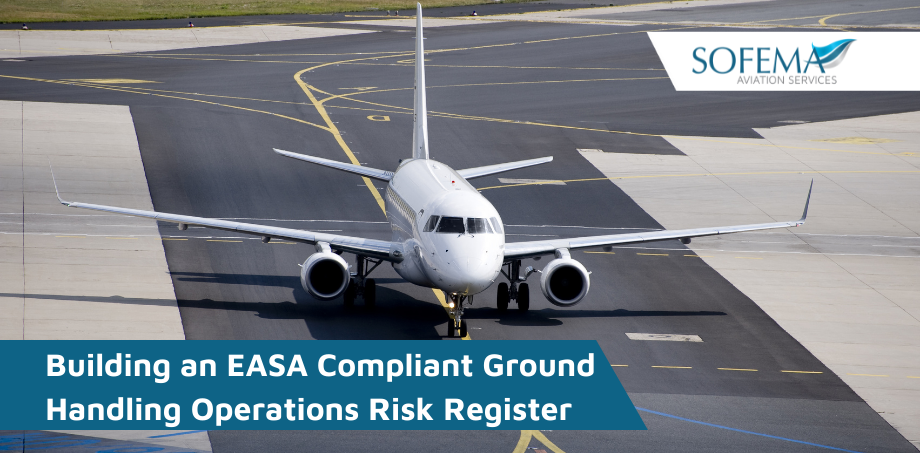Sofema Aviation Services (SAS) www.sassofia.com considers the importance of managing the risks in a systematic and controlled way, using a Ground Handling Operations Risk Register as the Fundamental Tool.
Hazard identification is the foundation of the risk management process in an SMS and may be conducted reactively, proactively, and even predictably. A Hazard is something with the potential to cause harm, and a risk is the potential outcome of a hazard.
What is the difference between a Safety System Hazard Register and a Risk Register?
A hazard register is a source of information from which we can consider the risks, whereas a risk register contains information related to the nature of the risk (clearly a risk register serves a higher purpose).
The Visibility of Hazards
- Visible hazards – Are essentially obvious they can be observed, smelt, heard, tasted or felt.
- Hidden hazards (Sometimes known as latent hazards) are not so easily understood and can relate to either physical hazards such as electricity or non-physical related to poor training, stress, etc.
An Effective Risk Register Process can support the following SMS Analysis:
- ‘Reactive’ risk management (incident investigation)
- ‘Proactive’ risk management (Used to identify potential risks)
- ‘Predictive’ risk management (supported by Data to identify the area of exposure)
As part of the development of an EASA compliant SMS related to Ground Handling Operations the Safety Management System will benefit from the development and continuous monitoring of a Risk Register.
A risk register is a crucial part of your approach to managing these risks. It’s a tool to help you identify, assess, and record your risks and the actions you’re taking to eliminate or minimize them.
For each of the following items perform a risk assessment and ask the questions which help you determine the level of exposure that currently exists in your organisation by asking for each item the following 5 questions:
- Is this an issue in our organisation?
- If it is not considered an issue, how can I demonstrate it – where is the evidence?
- How can I measure the effectiveness of the current process?
- How effective is documentation/training?
- If there are changes in this element how effective would the system accommodate the changes?
Examples of Ground Handling Operations hazards which can be risk assessed for your organization:
- Ground Handling Organization Interface
- Ground handling training
- General operating procedures and technical instructions
- GSE manufacturer manuals and procedures for maintenance
- General management procedures (communications, accident/incident, monitoring, and measurement, etc.)
- Manuals of assisted airlines and other documentation
- Airport regulations
- Specific training for crew, airline maintenance staff, and GHSP staff Implementation of specific requirements
- Ground Operation Manual Equipment Management: Maintenance Programme and equipment operability
- Ground Operation Manual Fire protection and prevention Procedures
- Ground Operation Manual Spillage Procedures
- International references for ground handling (ISAGO) GSE parking:
- Not to block access to firemen’s vehicles or to emergency controls of fuel hydrant pits
- Motorized or electric GSE when positioned at or near the aircraft: emergency controls and not left unattended GSE positioning
- Not to obstruct the evacuation of people from the aircraft or the movement of a fueling vehicle away from the aircraft
- Aircraft stairs
- conveyor belts
- baggage carts
- cargo loaders
- cargo dollies
- Ground Service Equipment (GSE)
- pushback truck
- Fuel provider Fuel/hydrant trucks
- Catering trucks
- Cleaning trucks
- Toilet service truck
- Potable water service truck
- De/anti-icing truck/rig
Next Steps
Follow this link to our Library to find & Download related documents for Free.
Sofema Aviation Services & Sofema Online provide multiple training courses related to Safety Management System Risk and Hazard Training Courses. For more information, please see our websites or email team@sassofia.com
Tags:
aviation, aviation safety, EASA, Ground Handling, Ground Operations, Risk Management, Safety, Safety Management System, Hazard, Risk Register, Aviation SMS, Aviation Risk, Safety Management Systems (SMS), Ground Handling Operations





